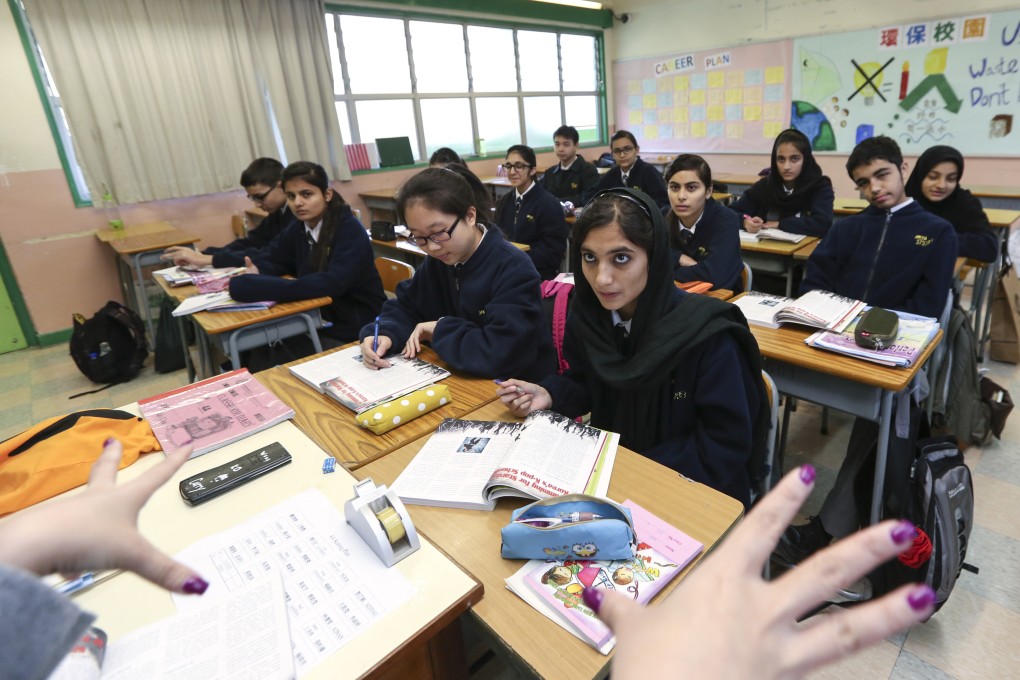Opinion | Hong Kong’s ethnic minority students need more than government funding to master Chinese
- While the government has been generous in allocating funds for the purpose, progress in learning Chinese as a second language can’t be measured by money spent
- Instead, clear learning outcomes for language proficiency must be set and monitored closely if government resources are to be used wisely

In response to demand for more language learning support for these students, the government has, among a range of measures, provided additional funding to schools and introduced the “Chinese Language Curriculum Second-Language Learning Framework” starting from the 2014/15 school year.
Eight years on, how is the policy working?
Its stated objective was to act as a bridge for non-Chinese speaking students to join mainstream Chinese language classes. So it would be fair to ask how many students in fact made the jump.
Other indicators of improved Chinese proficiency, if available, would also be helpful to measure progress. However, given the paucity of data, we are forced to look at proxies for progress indicators.
The first proxy is government spending to aid non-Chinese speaking students in learning Chinese, in which the government has been generous. For the 2021/22 school year, the expenditure was more than HK$500 million. But do more resources mean better outcomes?

